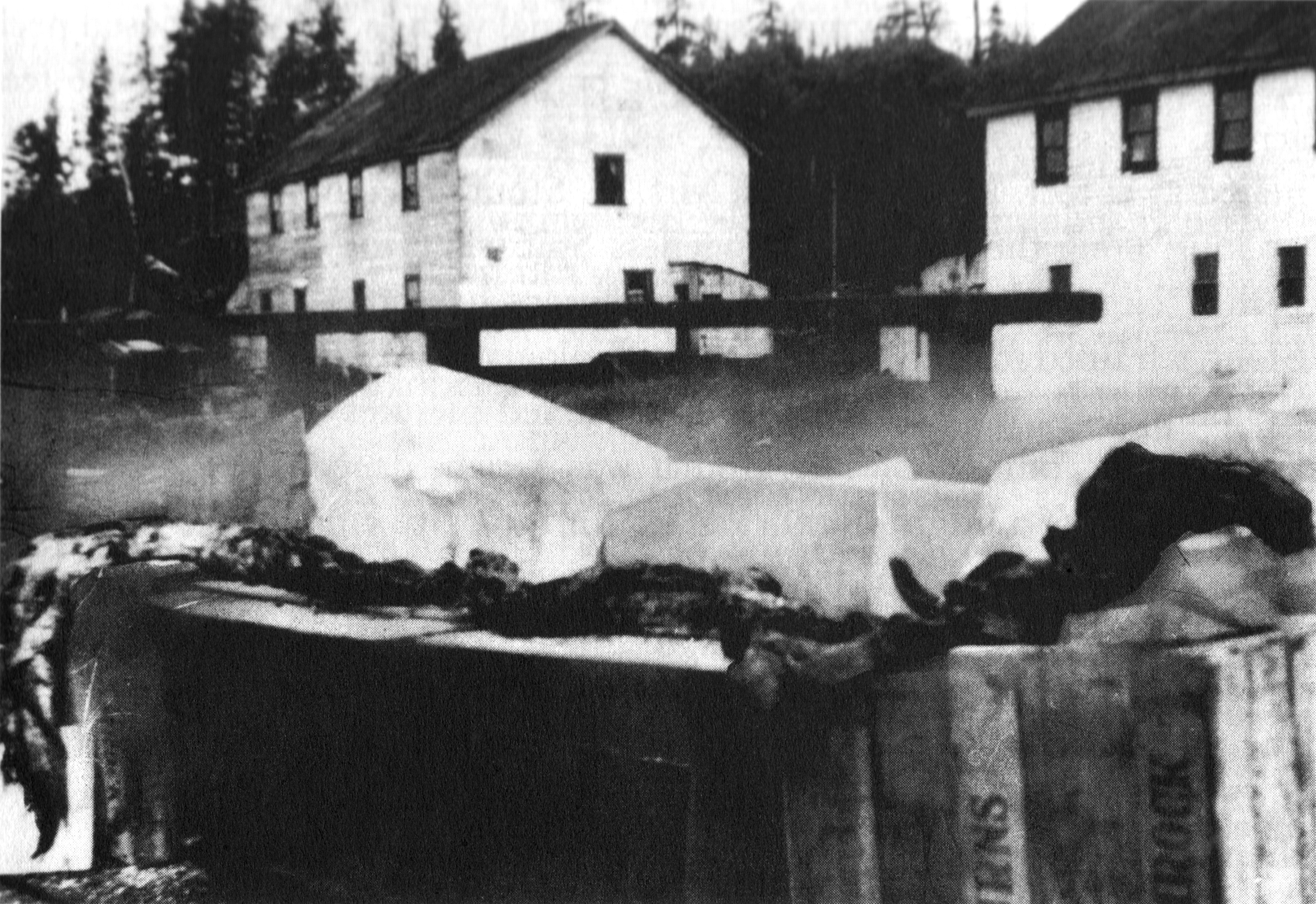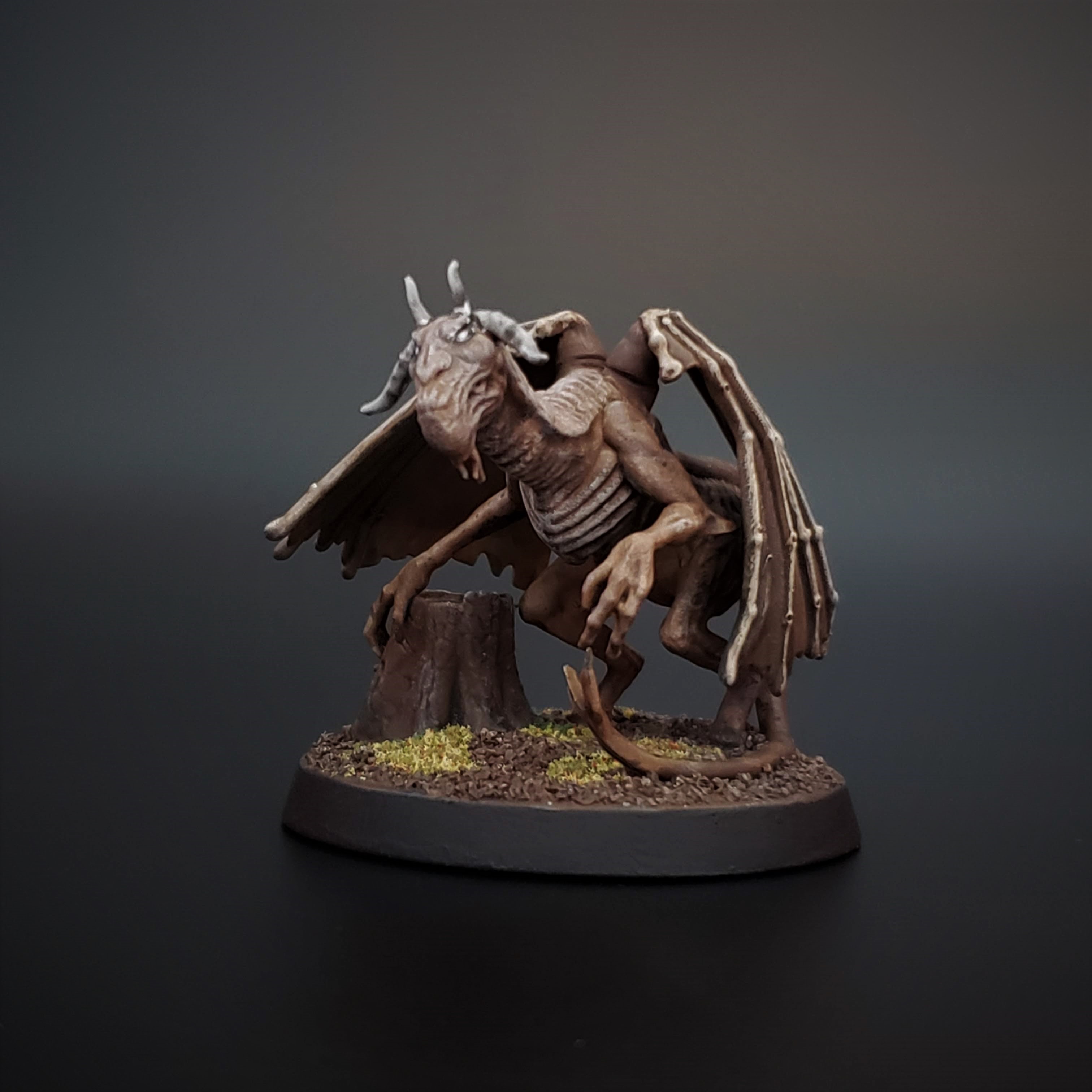|
Leeds Point, New Jersey
Leeds Point (also known as Leeds) is an unincorporated community and census-designated place (CDP) located within Galloway Township, Atlantic County, in the U.S. state of New Jersey. Leeds Point is northeast of Absecon. Leeds Point has a post office with ZIP Code 08220, which opened on December 18, 1827. The town is named after the Leeds family, whose first American member, Daniel Leeds, Surveyor General of West Jersey around the beginning of the 18th century, after immigrating to New Jersey from the city of Leeds in England, claimed the land which now makes up Leeds Point; some of his descendants lived in Leeds Point from then on. (His descendants also include his son Daniel Leeds and grandson Titan Leeds, who in Philadelphia published one of America's first almanacs.) The Jersey Devil was born in Leeds Point, according to one legend about the cryptid. The legend claims that in 1735, the thirteenth child of a Mrs. Leeds from the community was transformed into a demon short ... [...More Info...] [...Related Items...] OR: [Wikipedia] [Google] [Baidu] |
Census-designated Place
A census-designated place (CDP) is a concentration of population defined by the United States Census Bureau for statistical purposes only. CDPs have been used in each decennial census since 1980 as the counterparts of incorporated places, such as self-governing cities, towns, and villages, for the purposes of gathering and correlating statistical data. CDPs are populated areas that generally include one officially designated but currently unincorporated community, for which the CDP is named, plus surrounding inhabited countryside of varying dimensions and, occasionally, other, smaller unincorporated communities as well. CDPs include small rural communities, edge cities, colonias located along the Mexico–United States border, and unincorporated resort and retirement communities and their environs. The boundaries of any CDP may change from decade to decade, and the Census Bureau may de-establish a CDP after a period of study, then re-establish it some decades later. Most unin ... [...More Info...] [...Related Items...] OR: [Wikipedia] [Google] [Baidu] |
Local Government In New Jersey
Local government in New Jersey is composed of counties and municipalities. Local jurisdictions in New Jersey differ from those in some other U.S. state, states because every square foot of the state is part of exactly one List of municipalities in New Jersey, municipality; each of the 564 municipalities is in exactly one List of counties in New Jersey, county; and each of the 21 counties has more than one municipality. New Jersey has no independent city, independent cities, or consolidated city-county, consolidated city-counties. The forms of municipality in New Jersey are more complex than in most other states, though, potentially leading to misunderstandings regarding the governmental nature of an area and what local laws apply. All municipalities can be classified as one of five types of local government—Borough (New Jersey), Borough, City (New Jersey), City, Township (New Jersey), Township, Town (New Jersey), Town, and Village (New Jersey), Village—and one of twelve forms ... [...More Info...] [...Related Items...] OR: [Wikipedia] [Google] [Baidu] |
Cryptid
Cryptids are animals that cryptozoologists believe may exist somewhere in the wild, but are not believed to exist by mainstream science. Cryptozoology is a pseudoscience, which primarily looks at anecdotal stories, and other claims rejected by the scientific community. While biologists regularly identify new species following established scientific methodology, cryptozoologists focus on entities mentioned in the folklore record and rumor. Entities that may be considered cryptids by cryptozoologists include Bigfoot, Yeti, the chupacabra, the Jersey Devil, the Loch Ness Monster, and the Mokele-mbembe. Scholars have noted that the cryptozoology subculture rejected mainstream approaches from an early date, and that adherents often express hostility to mainstream science. Scholars have studied cryptozoologists and their influence (including the pseudoscience's association with Young Earth creationism), noted parallels in cryptozoology and other pseudosciences such as ghost hunting ... [...More Info...] [...Related Items...] OR: [Wikipedia] [Google] [Baidu] |
Jersey Devil
In South Jersey and Philadelphia folklore in the United States, the Jersey Devil (also known as the Leeds Devil) is a legendary creature said to inhabit the forest of Pine Barrens in South Jersey. The creature is often described as a flying biped with hooves, but there are many variations. The common description is that of a bipedal kangaroo-like or wyvern-like creature with a horse- or goat-like head, leathery bat-like wings, horns, small arms with clawed hands, legs with cloven hooves, and a forked tail. It has been reported to move quickly and is often described as emitting a high-pitched "blood-curdling scream".''The Jersey Devil'', by James F. McCloy and Ray Miller Jr., Middle Atlantic Press. Origin of the legend Mother Leeds's 13th child According to popular folklore, the Jersey Devil originated with a Pine Barrens resident named Jane Leeds, known as "Mother Leeds". The legend states that Mother Leeds had twelve children and, after finding she was pregnant for the thirte ... [...More Info...] [...Related Items...] OR: [Wikipedia] [Google] [Baidu] |
Rutgers University Press
Rutgers University Press (RUP) is a nonprofit academic publishing house, operating in New Brunswick, New Jersey under the auspices of Rutgers University. History Rutgers University Press, a nonprofit academic publishing house operating in New Brunswick, New Jersey, under the auspices of Rutgers University, was founded on March 26, 1936. Since then, the press has grown in size and the scope of its publishing program. Among the original areas of specialization were Civil War history and European history. The press’ current areas of specialization include sociology, anthropology, health policy, history of medicine, human rights, urban studies, Jewish studies, American studies, film and media studies, the environment, and books about New Jersey and the mid–Atlantic region. The press consists of a small team of 18 full-time staff members. Publishing partnerships In 2018, Rutgers University Press entered into a partnership with Bucknell University Press. In 2021, Rutgers Univer ... [...More Info...] [...Related Items...] OR: [Wikipedia] [Google] [Baidu] |
Titan Leeds
Titan Leeds (1699–1738) was an 18th-century American almanac publisher. Titan Leeds was a Philadelphia-based publisher of ''The American Almanack.'' He was mentioned as a "good friend and fellow student" of Benjamin Franklin in Franklin's rival publication ''Poor Richard's Almanack''. Titan's father, Daniel Leeds, was a devout Quaker who fell out with the local Quaker community when he began publishing the almanac in 1687. Daniel Leeds turned over publication to his son, Titan, in 1716. ''The American Almanack'' pre-dated Franklin's almanac. Franklin used the first edition of his almanac to promote the hoax prediction of Leeds's death (Oct. 17, 1733, 3:29 P.M., at the very instant of the conjunction of the Sun and Mercury), and encouraged his readers to buy next year's edition of ''Poor Richard's Almanack'' to see if Franklin was right as a publicity stunt and attempt to drive Titan Leeds's ''American Almanack'' out of business. When the date of Leeds' supposed passing had ... [...More Info...] [...Related Items...] OR: [Wikipedia] [Google] [Baidu] |
Leeds
Leeds () is a city and the administrative centre of the City of Leeds district in West Yorkshire, England. It is built around the River Aire and is in the eastern foothills of the Pennines. It is also the third-largest settlement (by population) in England, after London and Birmingham. The city was a small manorial borough in the 13th century and a market town in the 16th century. It expanded by becoming a major production centre, including of carbonated water where it was invented in the 1760s, and trading centre (mainly with wool) for the 17th and 18th centuries. It was a major mill town during the Industrial Revolution. It was also known for its flax industry, iron foundries, engineering and printing, as well as shopping, with several surviving Victorian era arcades, such as Kirkgate Market. City status was awarded in 1893, a populous urban centre formed in the following century which absorbed surrounding villages and overtook the nearby York population. It is locate ... [...More Info...] [...Related Items...] OR: [Wikipedia] [Google] [Baidu] |
West Jersey
West Jersey and East Jersey were two distinct parts of the Province of New Jersey. The political division existed for 28 years, between 1674 and 1702. Determination of an exact location for a border between West Jersey and East Jersey was often a matter of dispute. Background The Delaware Valley had been inhabited by the Lenape (or Delaware) Indians prior to European exploration and settlement starting around 1609, undertaken by the Dutch, Swedish and English. The Dutch West India Company had established one or two Delaware River settlements, but by the late 1620s, it had moved most of its inhabitants to the island of Manhattan. This became the center of New Netherland. West Jersey and East Jersey were two sections of New Jersey. The development of the colony of New Sweden in the lower Delaware Valley began in 1638. Most of the Swedish population was on the west side of the Delaware. After the English re-established New Netherland's Fort Nassau to challenge the Swedes, the lat ... [...More Info...] [...Related Items...] OR: [Wikipedia] [Google] [Baidu] |
Post Office
A post office is a public facility and a retailer that provides mail services, such as accepting letters and parcels, providing post office boxes, and selling postage stamps, packaging, and stationery. Post offices may offer additional services, which vary by country. These include providing and accepting government forms (such as passport applications), and processing government services and fees (such as road tax, postal savings, or bank fees). The chief administrator of a post office is called a postmaster. Before the advent of postal codes and the post office, postal systems would route items to a specific post office for receipt or delivery. During the 19th century in the United States, this often led to smaller communities being renamed after their post offices, particularly after the Post Office Department began to require that post office names not be duplicated within a state. Name The term "post-office" has been in use since the 1650s, shortly after the legali ... [...More Info...] [...Related Items...] OR: [Wikipedia] [Google] [Baidu] |
Absecon, New Jersey
Absecon (, ) is a city in Atlantic County, New Jersey. As of the 2010 United States Census, the city's population was 8,411,DP-1 - Profile of General Population and Housing Characteristics: 2010 for Absecon city, Atlantic County, New Jersey . Accessed August 13, 2012.Profile of Ge ... [...More Info...] [...Related Items...] OR: [Wikipedia] [Google] [Baidu] |



.jpg)

